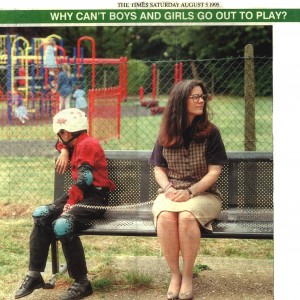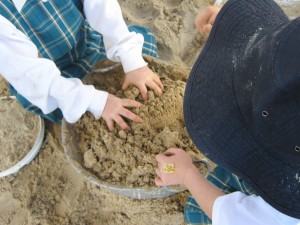It is well known that families place a great deal of emphasis on schools and amenities when choosing and neighbourhood — and a house to buy or rent.
And we all seek to make our towns and cities more accessible and comfortable for children and young people.
What if children were making the decisions? What if our planning were inspired by younger generations?
I am a specialist in design for children and author of the acclaimed book, Housing as if People Mattered: Illustrated Site-Design Guidelines for medium-Density Family Housing.
I look at houses and neighbourhoods through the eyes of children aged five to twelve (what we call “middle childhood”).
What features of a house and a neighbourhood are important to them?
In my illustrated lectures with examples from housing and neighbourhoods in Australia and internationally, I can help lead you to an understanding of the fundamentals of good design for children and open your eyes to the child’s perspective on this highly relevant topic.
Often in new housing estates or redevelopment projects the parks are leftover places and the local children vote with their feet. But there are simple rules to follow to make even small open spaces comfortable and attractive to children, young people and adults.
As we worry more about childhood obesity and kids staying home rather than going to the neighbourhood park to play after school and on weekends, what can we do to create good places for them to play that are also safe and able to be easily supervised by adults?
I draw on several decades of research in people’s use of parks in Australia and overseas to propose some approaches in my illustrated presentations.
The lectures and workshops are built on a strong foundation of research and carefully crafted planning and design guidelines.
To see an example of my work, you can click here to download a manual of guidelines for designing the outdoor spaces of high-density housing environments to meet the needs of children:


